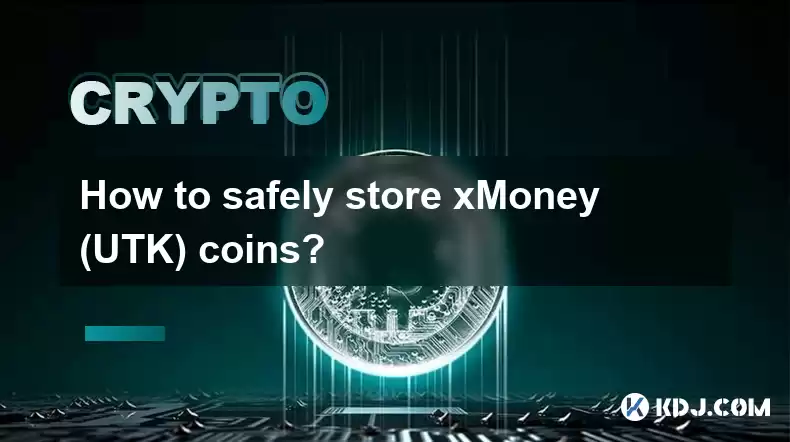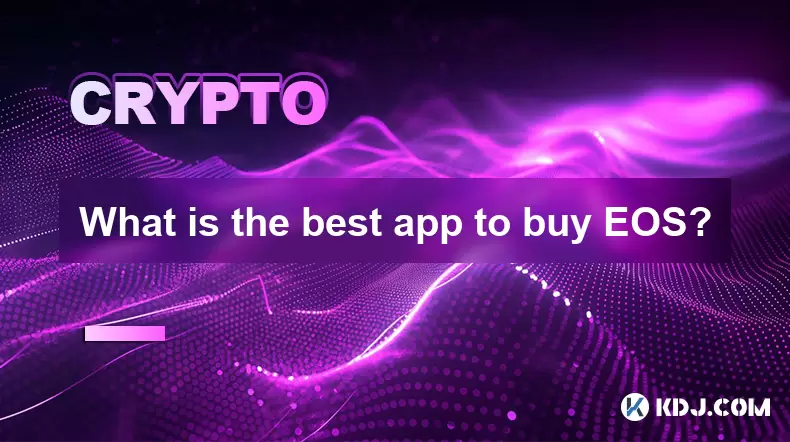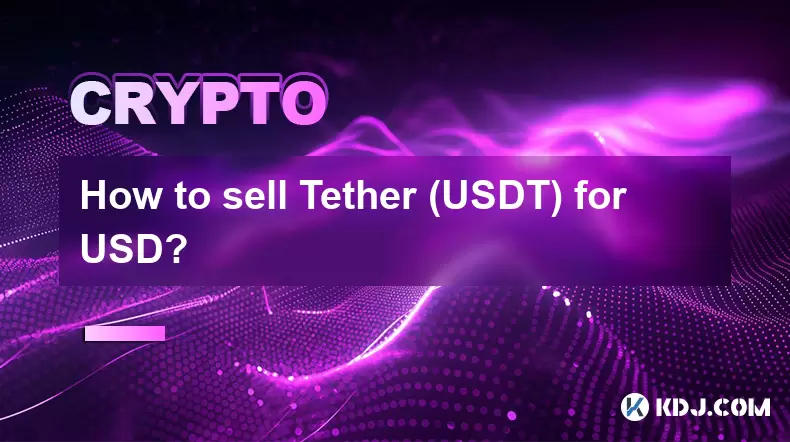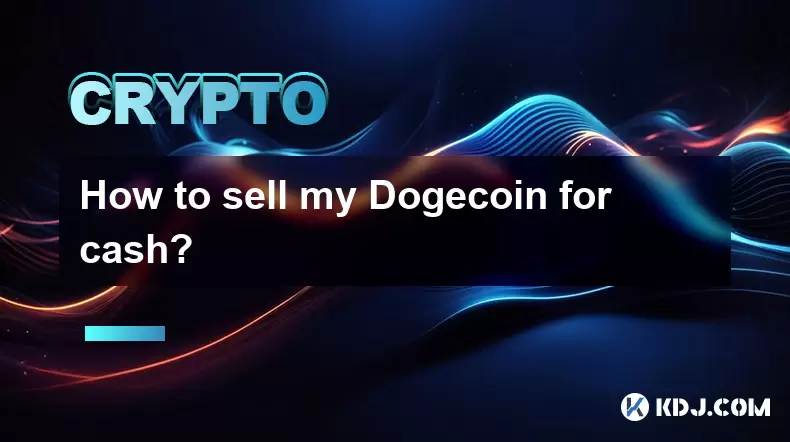-
 Bitcoin
Bitcoin $116700
2.16% -
 Ethereum
Ethereum $3830
5.76% -
 XRP
XRP $3.082
4.56% -
 Tether USDt
Tether USDt $1.000
0.04% -
 BNB
BNB $777.8
1.96% -
 Solana
Solana $173.2
5.46% -
 USDC
USDC $0.0000
0.02% -
 Dogecoin
Dogecoin $0.2146
6.85% -
 TRON
TRON $0.3384
0.92% -
 Cardano
Cardano $0.7676
5.51% -
 Hyperliquid
Hyperliquid $39.28
4.90% -
 Sui
Sui $3.723
9.07% -
 Stellar
Stellar $0.4164
6.32% -
 Chainlink
Chainlink $17.36
5.78% -
 Bitcoin Cash
Bitcoin Cash $580.9
3.62% -
 Hedera
Hedera $0.2544
5.50% -
 Ethena USDe
Ethena USDe $1.001
0.02% -
 Avalanche
Avalanche $22.81
3.81% -
 Litecoin
Litecoin $120.8
3.60% -
 UNUS SED LEO
UNUS SED LEO $8.956
-0.35% -
 Toncoin
Toncoin $3.311
4.28% -
 Shiba Inu
Shiba Inu $0.00001266
4.15% -
 Uniswap
Uniswap $10.10
5.97% -
 Polkadot
Polkadot $3.786
4.80% -
 Dai
Dai $1.000
0.01% -
 Monero
Monero $280.4
-4.02% -
 Bitget Token
Bitget Token $4.405
1.69% -
 Cronos
Cronos $0.1480
5.13% -
 Pepe
Pepe $0.00001087
5.67% -
 Ethena
Ethena $0.6348
11.62%
How to safely store xMoney (UTK) coins?
To safeguard your digital assets, store xMoney (UTK) coins in a hardware wallet, such as Ledger or Trezor, which provides offline storage immune to hacking attempts.
Dec 24, 2024 at 06:05 pm

Ultimate Guide to Securing Your xMoney (UTK) Coins
xMoney (UTK) is a decentralized digital currency designed for fast, secure, and low-cost transactions. Ensuring the safety of your UTK coins is paramount to protect your digital assets. This comprehensive guide provides step-by-step instructions and best practices for securely storing your xMoney.
Key Points:
- Store UTK in a hardware wallet for maximum security.
- Utilize multi-signature wallets for increased protection.
- Employ paper wallets for offline storage.
- Implement strong passwords and two-factor authentication for enhanced security.
- Exercise caution when using third-party exchanges and custodians.
Storage Options:
1. Hardware Wallets
Hardware wallets, such as Ledger or Trezor, are physical devices designed to securely store your cryptocurrency. They provide offline storage, meaning your coins are not connected to the internet and therefore immune to hacking attempts. Hardware wallets are considered the most secure option for storing large amounts of cryptocurrency.
- Create a new wallet on your hardware device.
- Record your recovery phrase and store it securely.
- Transfer your UTK from an exchange or another wallet to your hardware wallet.
- Store your hardware wallet in a secure location.
2. Multi-Signature Wallets
Multi-signature wallets require multiple keys to authorize transactions, typically from different individuals or devices. This adds an extra layer of security as multiple signatures are required for any transaction to be processed.
- Choose a multi-signature wallet service, such as Gnosis Safe.
- Set up your wallet and create multiple keys.
- Securely store each key with different individuals or devices.
- Transfer your UTK to the multi-signature wallet and set the required number of signatures for transactions.
3. Paper Wallets
Paper wallets involve printing out a QR code that represents your public and private keys. This offline storage method is secure as long as you keep the paper wallet safe from unauthorized access.
- Generate a paper wallet from a reputable source, such as MyEtherWallet.
- Print and cut out the paper wallet, keeping it in a secure location.
- To access your UTK, scan the public key QR code and import your private key into a software wallet.
4. Software Wallets
Software wallets, such as MetaMask or Trust Wallet, are digital wallets that allow you to store, send, and receive cryptocurrency. While they are convenient, they are not as secure as hardware wallets.
- Download and install a reputable software wallet.
- Create a new wallet and record your recovery phrase securely.
- Transfer your UTK from an exchange or another wallet to your software wallet.
- Enable two-factor authentication for added security.
5. Third-Party Exchanges and Custodians
Using third-party exchanges or custodians is less secure than using a personal wallet, as you are entrusting them with your coins. However, it can be convenient if you need to actively trade your coins or want to stake them.
- Choose a reputable exchange or custodian that implements strong security measures.
- Avoid storing large amounts of UTK on exchanges and custodians.
- Enable two-factor authentication for your account.
Additional Best Practices:
- Use strong passwords for all wallets and accounts.
- Enable two-factor authentication (2FA) wherever possible.
- Avoid sharing your private keys or recovery phrases with anyone.
- Regularly verify transactions and ensure that they are authorized by you.
- Keep your devices and wallets up-to-date with the latest security patches.
FAQs:
Q: What is the most secure way to store xMoney (UTK)?
A: Storing UTK in a hardware wallet is considered the most secure method.
Q: Are multi-signature wallets more secure than single-signature wallets?
A: Yes, multi-signature wallets provide an additional layer of security by requiring multiple signatures for transactions.
Q: Can I store UTK in multiple wallets?
A: Yes, you can distribute your UTK across several wallets for added protection.
Q: How can I ensure that my hardware wallet is secure?
A: Regularly update your wallet firmware and use a secure password and 2FA.
Q: Is it necessary to use a hardware wallet to store small amounts of UTK?
A: While not as secure as hardware wallets, software wallets or trusted third-party exchanges may suffice for smaller amounts of UTK.
Disclaimer:info@kdj.com
The information provided is not trading advice. kdj.com does not assume any responsibility for any investments made based on the information provided in this article. Cryptocurrencies are highly volatile and it is highly recommended that you invest with caution after thorough research!
If you believe that the content used on this website infringes your copyright, please contact us immediately (info@kdj.com) and we will delete it promptly.
- BlockchainFX, Bitcoin Swift, Crypto Presales: What's the Hype?
- 2025-08-07 19:10:13
- SHIB Community at Crossroads: Shytoshi Kusama's Leadership Under Scrutiny as Elections Loom
- 2025-08-07 18:30:13
- IREN Overtakes: A New King in the Bitcoin Miner Hashrate Race?
- 2025-08-07 16:31:29
- Memecoins Mania: Whales Eye Pepe Dollar (PEPD) as Bonk Cools Off, While MoonBull Hogs the Spotlight!
- 2025-08-07 16:51:17
- Unilabs, PEPE, and Investment Risk: Navigating the Crypto Hype
- 2025-08-07 16:31:29
- Meme Coin Mania: Rug Pulls, CZ-Inspired Tokens, and the Wild West of Crypto
- 2025-08-07 16:57:14
Related knowledge

Where can I buy UMA (UMA)?
Aug 07,2025 at 06:42pm
Understanding UMA and Its Role in Decentralized FinanceUMA (Universal Market Access) is an Ethereum-based decentralized finance (DeFi) protocol design...

What is the best app to buy EOS?
Aug 07,2025 at 04:35pm
Understanding EOS and Its Role in the Cryptocurrency EcosystemEOS is a blockchain platform designed to support decentralized applications (dApps) with...

How to sell Tether (USDT) for USD?
Aug 07,2025 at 03:29pm
Understanding Tether (USDT) and Its USD ValueTether (USDT) is a stablecoin designed to maintain a 1:1 value ratio with the United States Dollar (USD)....

How to sell my Bitcoincoin for cash?
Aug 07,2025 at 02:14pm
Understanding the Basics of Selling Dogecoin for CashSelling Dogecoin for cash involves converting your DOGE tokens into a fiat currency such as USD, ...

What is Chainlink (LINK)?
Jul 22,2025 at 02:14am
Understanding Chainlink (LINK): The Decentralized Oracle NetworkChainlink is a decentralized oracle network designed to bridge the gap between blockch...

What is Avalanche (AVAX)?
Jul 22,2025 at 08:35am
What is Avalanche (AVAX)?Avalanche (AVAX) is a decentralized, open-source blockchain platform designed to support high-performance decentralized appli...

Where can I buy UMA (UMA)?
Aug 07,2025 at 06:42pm
Understanding UMA and Its Role in Decentralized FinanceUMA (Universal Market Access) is an Ethereum-based decentralized finance (DeFi) protocol design...

What is the best app to buy EOS?
Aug 07,2025 at 04:35pm
Understanding EOS and Its Role in the Cryptocurrency EcosystemEOS is a blockchain platform designed to support decentralized applications (dApps) with...

How to sell Tether (USDT) for USD?
Aug 07,2025 at 03:29pm
Understanding Tether (USDT) and Its USD ValueTether (USDT) is a stablecoin designed to maintain a 1:1 value ratio with the United States Dollar (USD)....

How to sell my Bitcoincoin for cash?
Aug 07,2025 at 02:14pm
Understanding the Basics of Selling Dogecoin for CashSelling Dogecoin for cash involves converting your DOGE tokens into a fiat currency such as USD, ...

What is Chainlink (LINK)?
Jul 22,2025 at 02:14am
Understanding Chainlink (LINK): The Decentralized Oracle NetworkChainlink is a decentralized oracle network designed to bridge the gap between blockch...

What is Avalanche (AVAX)?
Jul 22,2025 at 08:35am
What is Avalanche (AVAX)?Avalanche (AVAX) is a decentralized, open-source blockchain platform designed to support high-performance decentralized appli...
See all articles

























































































